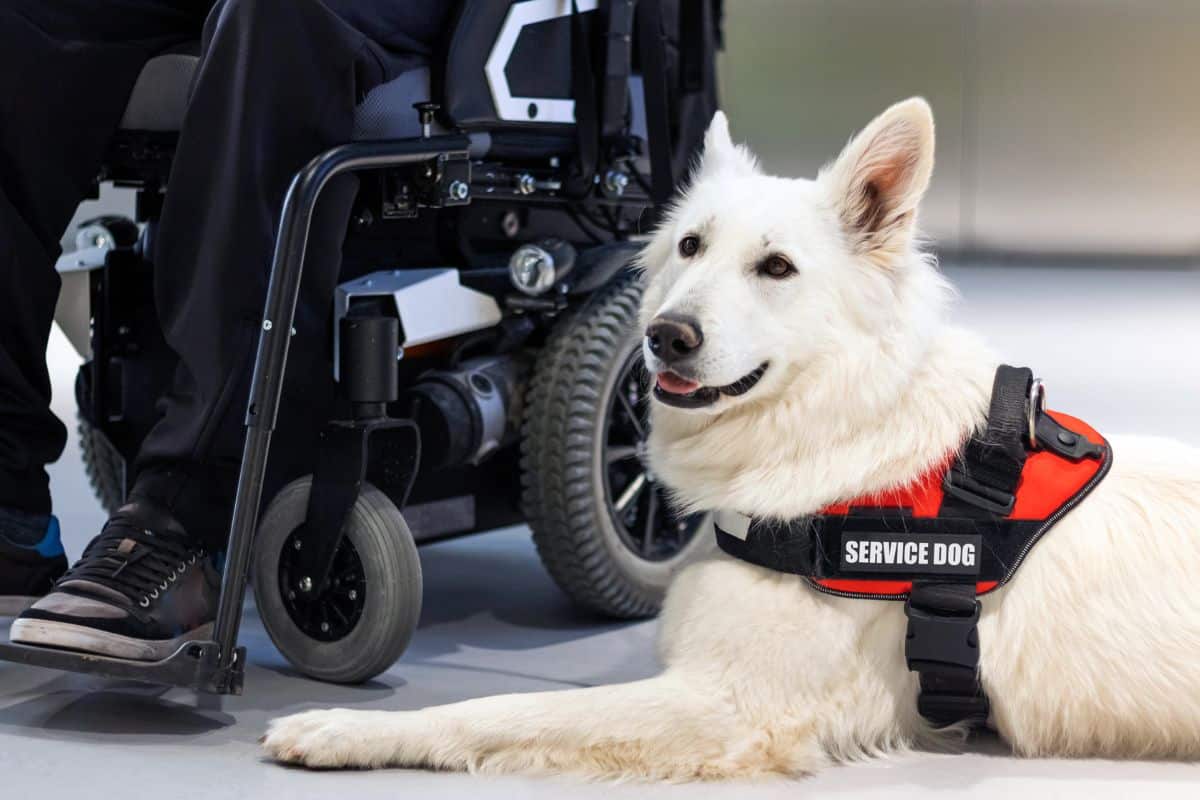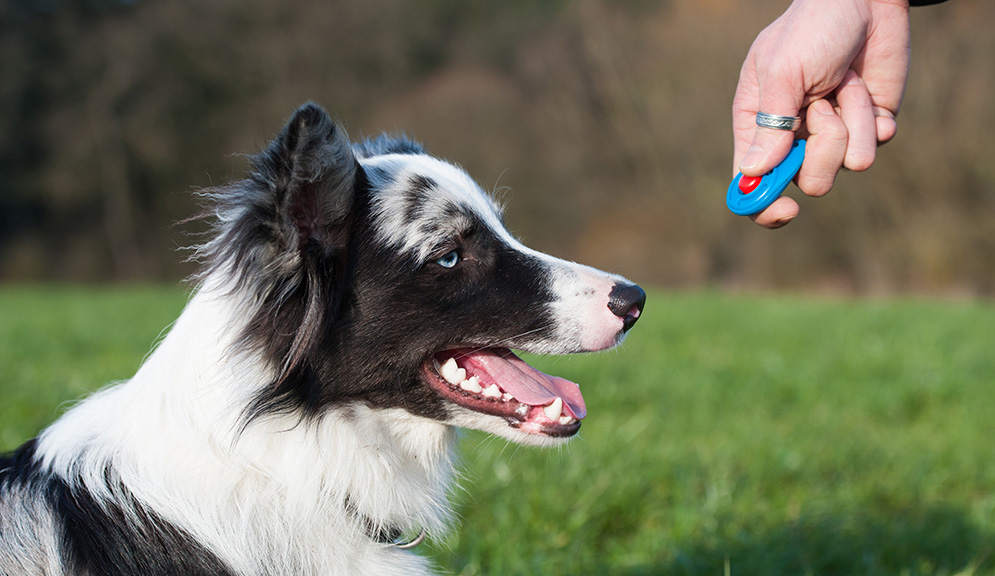Leading Canine Educating Methods Every Owner Should Know

Positive Support Strategies
Using positive reinforcement techniques is important for effective dog training, as it fosters a relying on bond in between the trainer and the dog. This technique concentrates on satisfying desirable behaviors as opposed to punishing undesirable ones, creating a setting favorable to learning. Incentives can include treats, appreciation, or playtime, which encourage pet dogs to repeat the habits that make them these rewards.

Additionally, this approach enhances the pet dog's enthusiasm for training sessions. They are more engaged and receptive when pets associate training with positive experiences. Dog training. Beyond instant actions modification, positive reinforcement motivates a joint connection in between the dog and fitness instructor, lowering anxiousness and worry
To maximize effectiveness, it is essential to deliver rewards quickly, ensuring the canine links the behavior with the reinforcement. In essence, positive reinforcement techniques not only yield better-trained dogs but also promote an unified collaboration in between pet and proprietor.
Remote Control Training Approach
The remote control training approach is a highly effective technique that builds on the principles of positive reinforcement by adding a distinct sound to mark preferred behaviors. This method utilizes a little portable gadget that creates a clicking noise, enabling fitness instructors to interact with their canines in a clear and instant manner. When a dog performs a behavior that the proprietor desires to urge, the clicker is activated, followed by an incentive, usually in the form of treats or appreciation.
The trick to successful clicker training hinges on uniformity and timing. It is critical to click at the precise moment the desired actions happens, guaranteeing that the canine associates the audio with the activity and the subsequent incentive. This technique not only enhances interaction however likewise promotes a more powerful bond in between the pet and the proprietor, as it motivates engagement and communication throughout training sessions.
Clicker training can be applied to a variety of actions and commands, from fundamental obedience to much more intricate techniques. Its flexibility and performance make it a preferred technique amongst professional instructors and animal owners alike, paving the method for a receptive and well-trained canine friend.
Leash Training Basics
Effective leash training is necessary for ensuring a enjoyable and safe strolling experience for both pets and their owners. A flat collar may function for some pets, while others may benefit from a harness that minimizes drawing.
Introduce your article source pet dog to the leash gradually, permitting them to explore it in a comfy setting. Practice loose-leash walking once blog they are accustomed. This includes satisfying your pet for strolling close to you instead than drawing in advance. Usage deals with and appreciation to reinforce desired habits, and make sure to remain assertive and calm.
If your pet starts to draw, stop walking immediately. In addition, technique different walking settings to assist your pet dog adapt to distractions.
Normal method will strengthen your pet dog's understanding of leash etiquette. Remember that chain training is a continuous procedure; patience and uniformity will yield the very best outcomes, cultivating a favorable experience for both you and your canine buddy.
Socialization Techniques
Socialization is a vital element of canine training that should preferably start during puppyhood but can be beneficial at any kind of age. Reliable socialization helps pet dogs develop self-confidence and minimizes the probability of behavior concerns. To apply effective socialization strategies, subject your dog to a variety of atmospheres, people, and various other animals.
Beginning with regulated setups, such as pup classes or organized playgroups, where young pets can interact safely. Gradually present your pet to brand-new experiences, consisting of different sounds, surfaces, and tasks. Ensure these encounters are satisfying and positive to develop a sense of protection.
For grown-up dogs or those lacking direct exposure, begin with low-stress circumstances. Short, positive communications with calm dogs and pleasant human beings can develop positive organizations. Make use of deals with and praise to enhance desirable actions throughout these experiences.

Consistency and Persistence
Acknowledging the value of uniformity and perseverance in canine training is important for accomplishing enduring results. Irregular training can lead to confusion, making it challenging for the pet to comprehend commands or habits, eventually impeding progression.
In addition, perseverance is an important component of efficient training. Pets, like human beings, learn at their very own pace. Some might understand concepts swiftly, while others might take longer. It is important for proprietors to stay calm and supportive, reinforcing positive actions without turning to aggravation or punishment. This promotes a trusting partnership between the dog and proprietor, motivating an extra eager and passionate learner.
To grow uniformity and persistence, develop a regular training regular, utilize the very same commands, and make certain that all family members apply the exact same training principles - Dog training. By doing so, you produce a steady setting for learning, permitting your canine to develop and flourish right into a mannerly companion
Final Thought
Finally, effective pet dog training techniques, such as positive reinforcement, clicker training, and YOURURL.com correct leash training, are vital for cultivating a healthy owner-dog partnership. In addition, carrying out socialization techniques and maintaining consistency and perseverance throughout the training process adds considerably to a pet's overall wellness. By integrating these methods, pet dog owners can assist in the development of well-adjusted, loyal pets, ultimately improving the lifestyle for both the proprietor and the pet dog.
Among the most noticeable methods are favorable reinforcement, remote control training, and chain training, each offering special advantages that add to a mannerly pet. As we discover these basic techniques, it comes to be apparent that mastering their nuances can substantially affect the training experience and the pet dog's total habits.Using favorable support strategies is important for effective pet training, as it promotes a relying on bond between the dog and the trainer.In conclusion, effective pet dog training methods, such as favorable reinforcement, remote control training, and appropriate chain training, are necessary for promoting a healthy owner-dog relationship. By integrating these techniques, canine owners can facilitate the advancement of well-adjusted, obedient animals, ultimately boosting the top quality of life for both the pet dog and the owner.